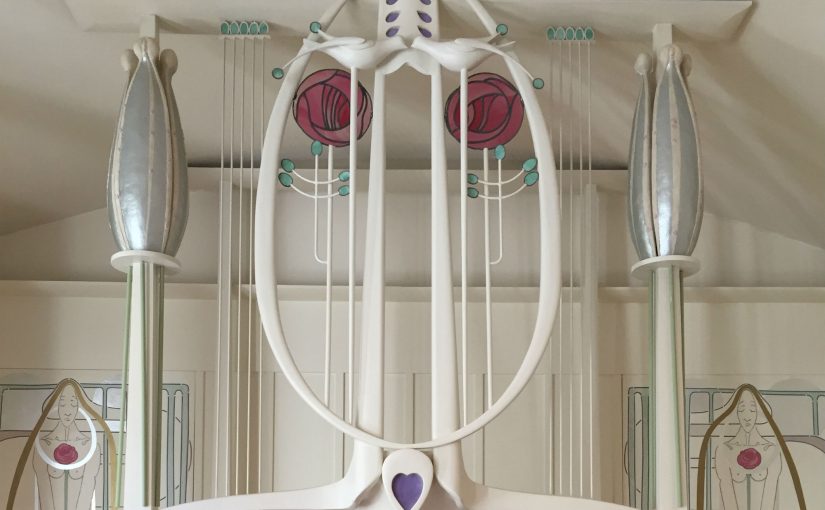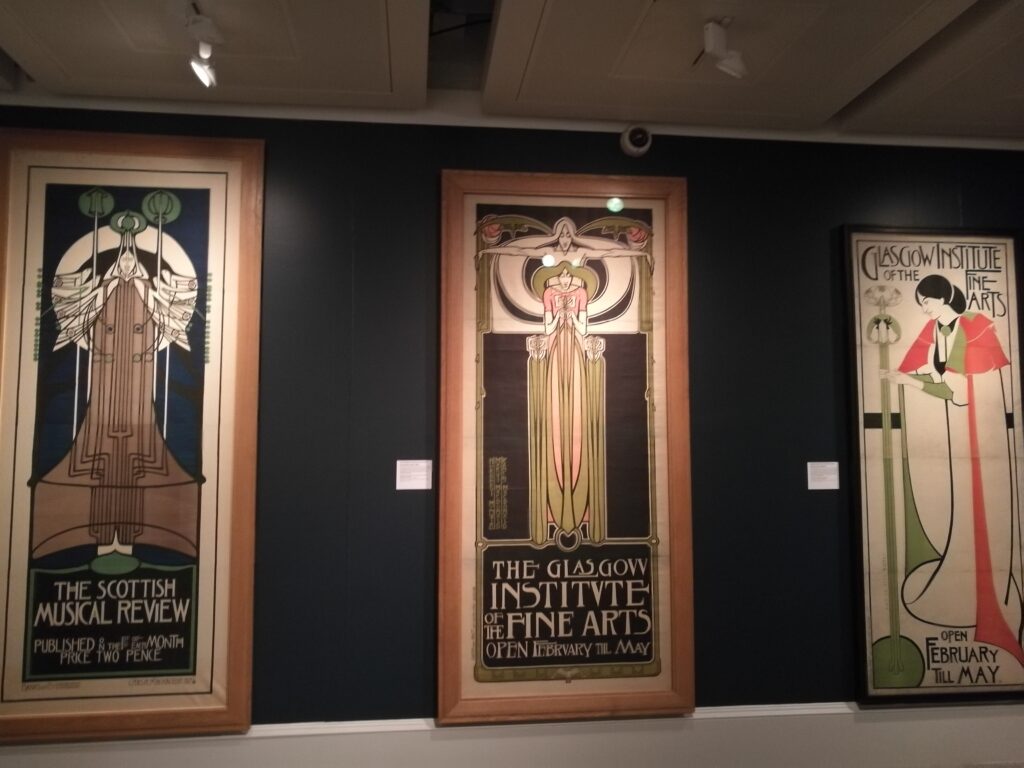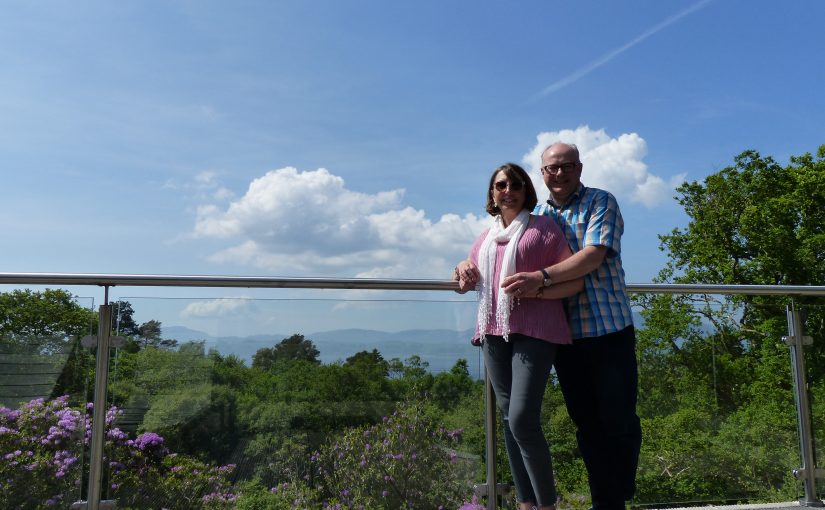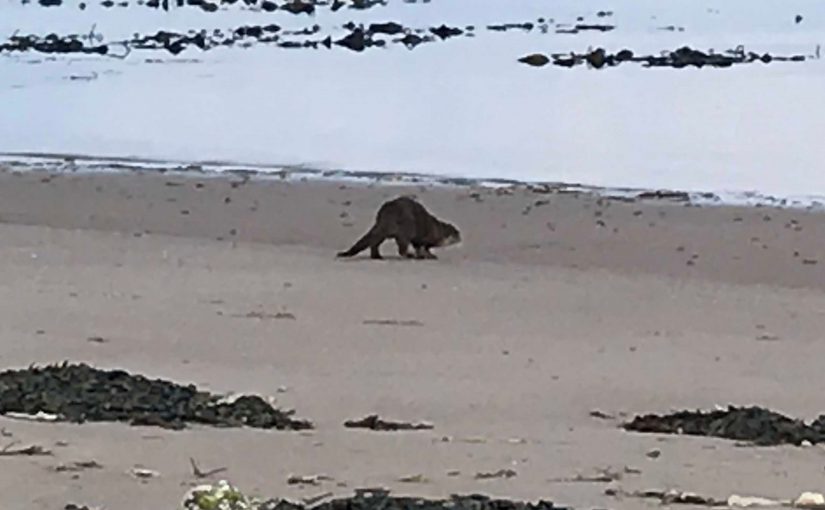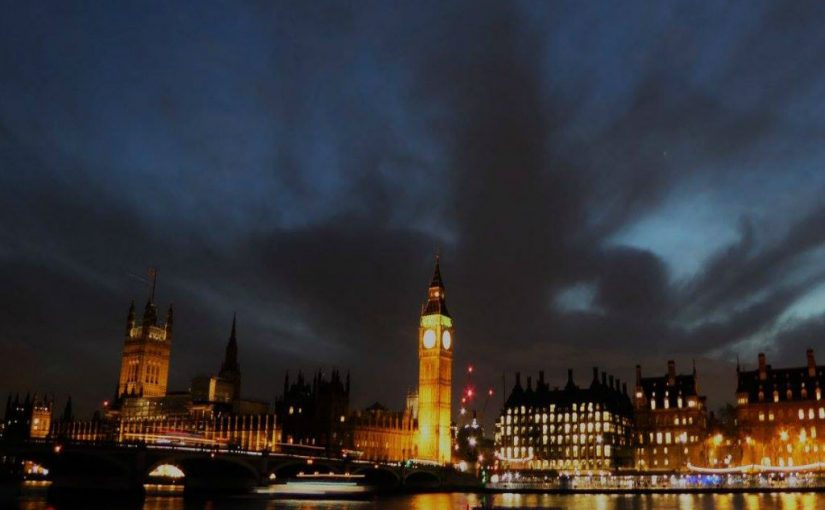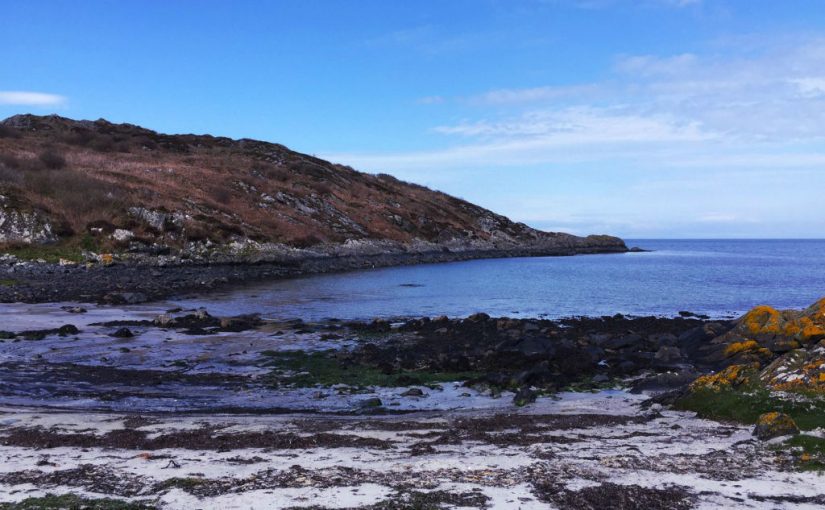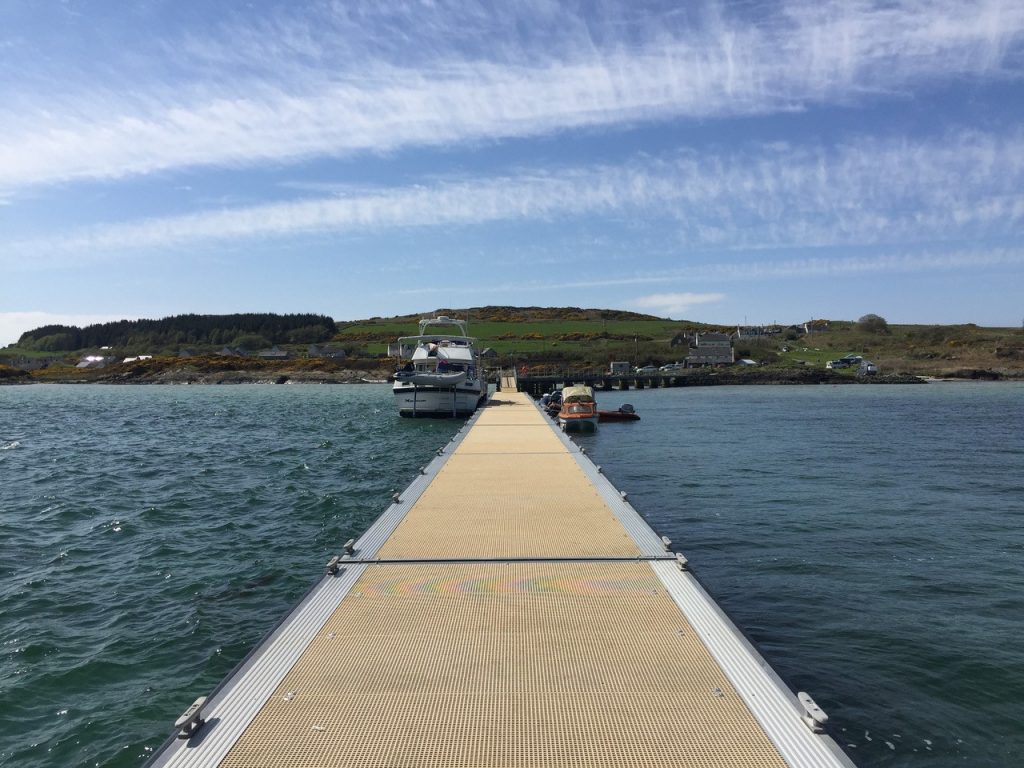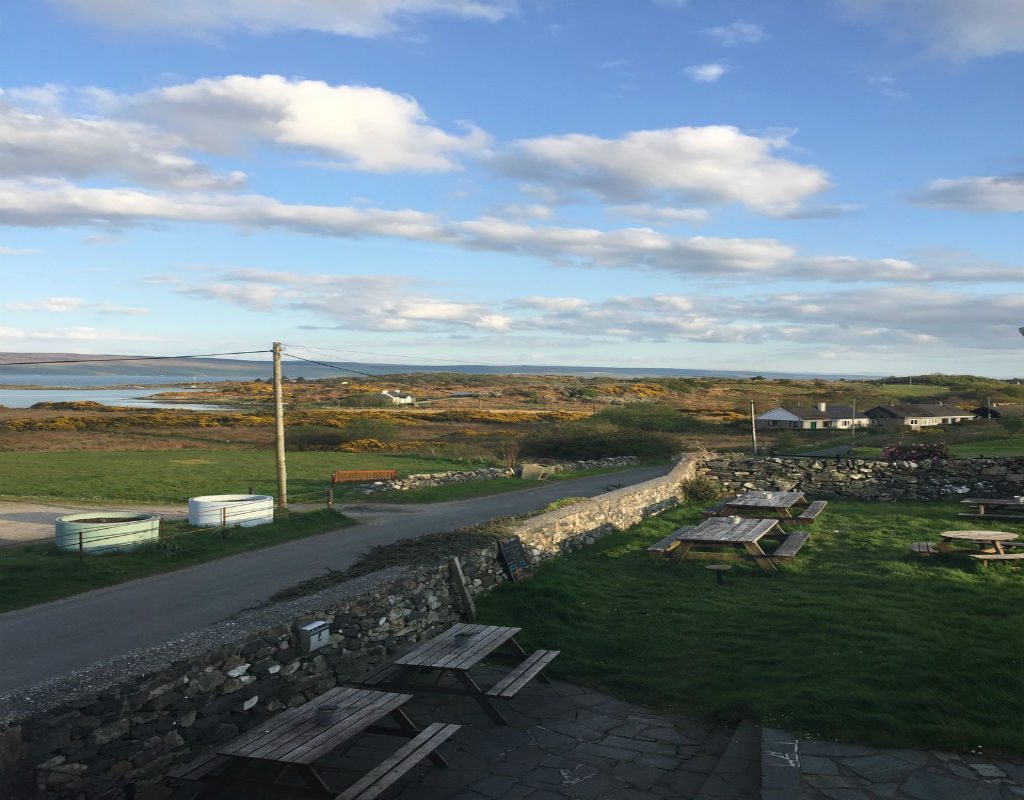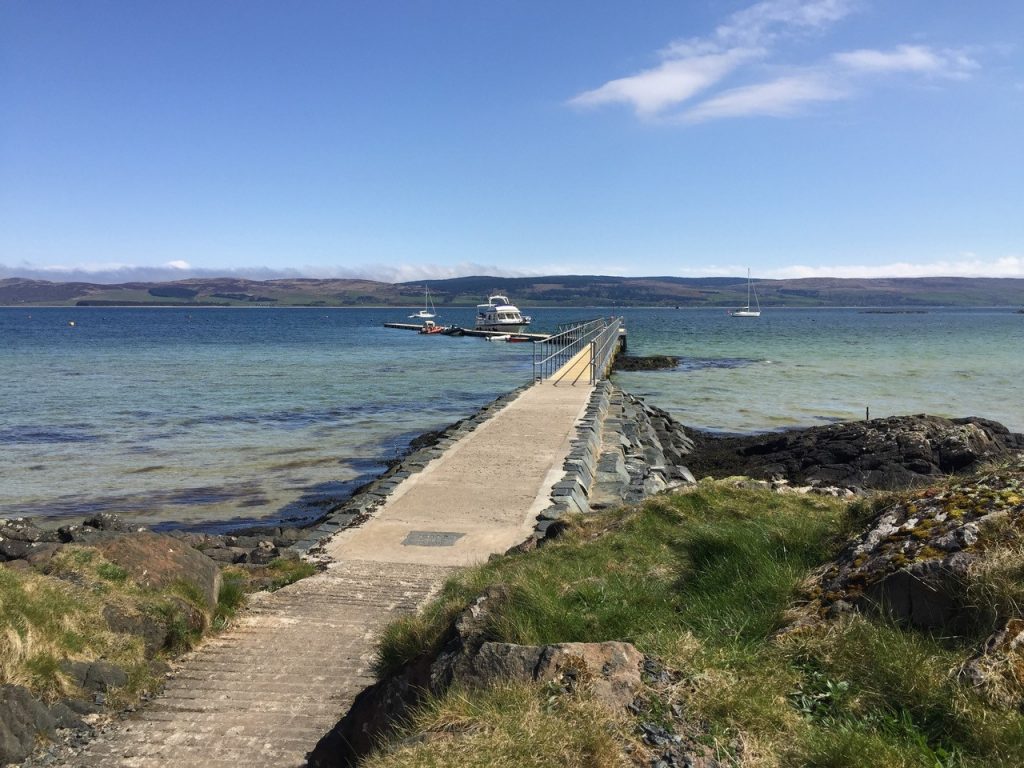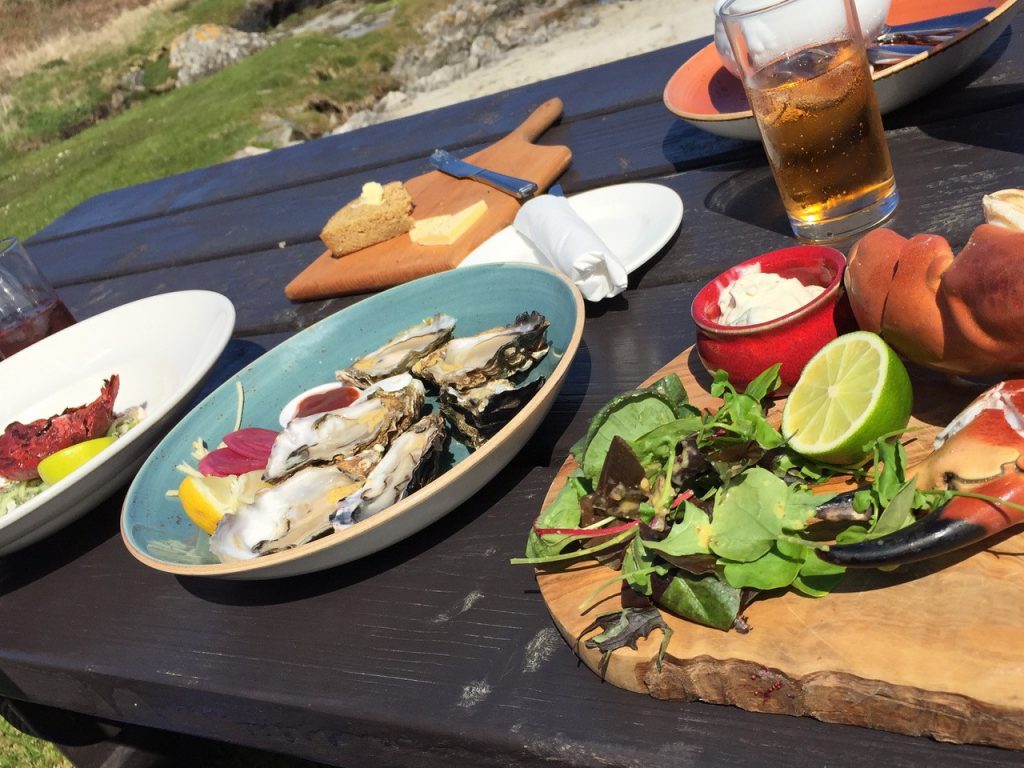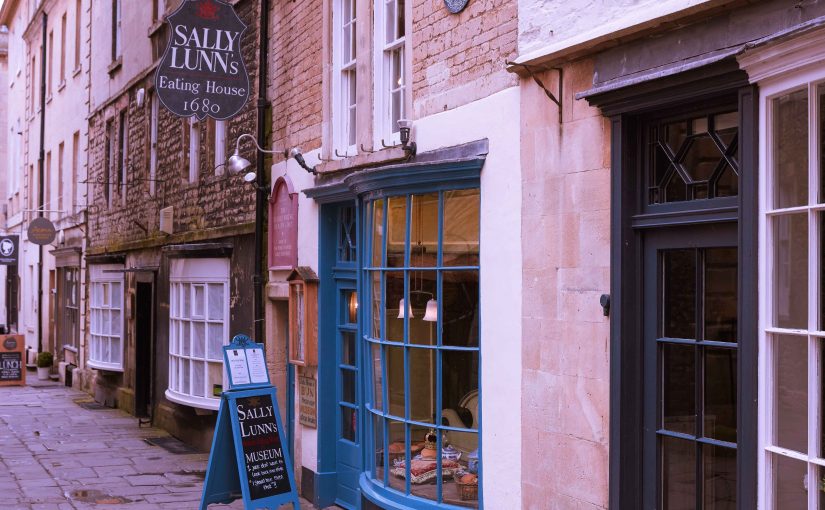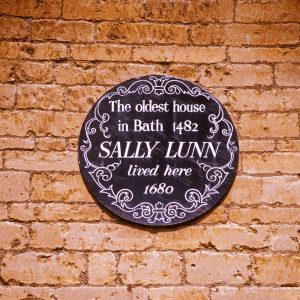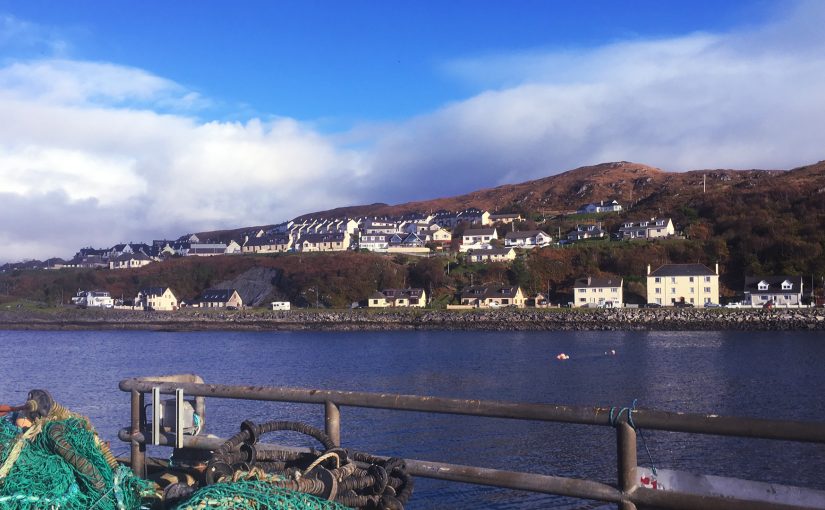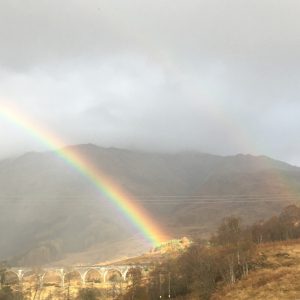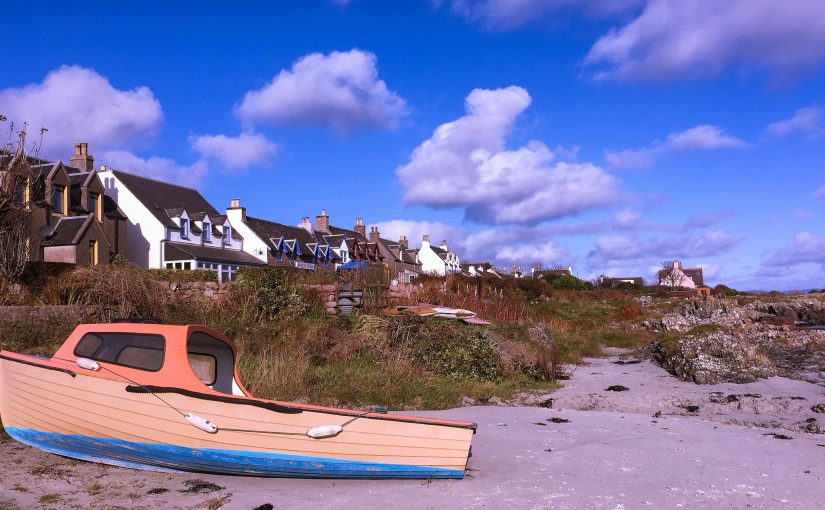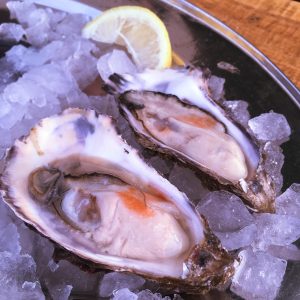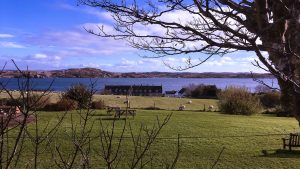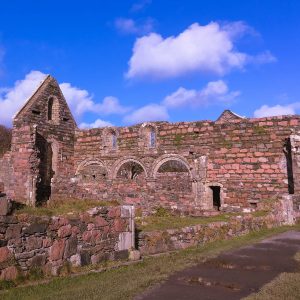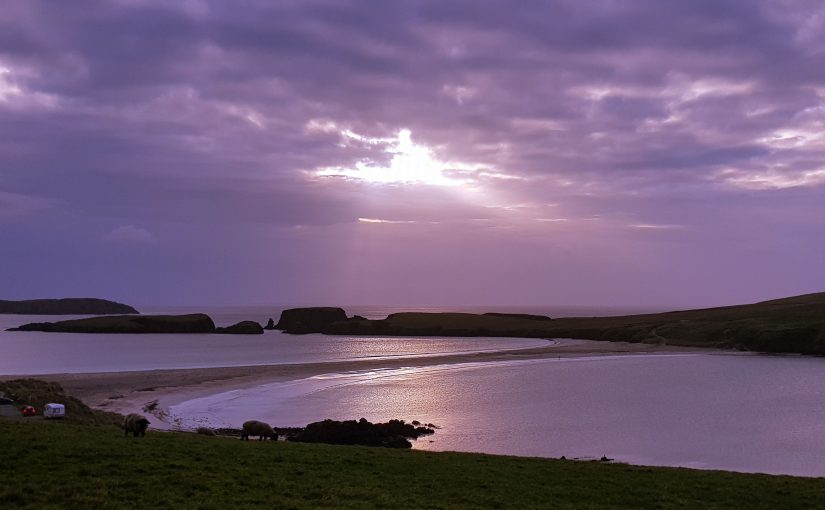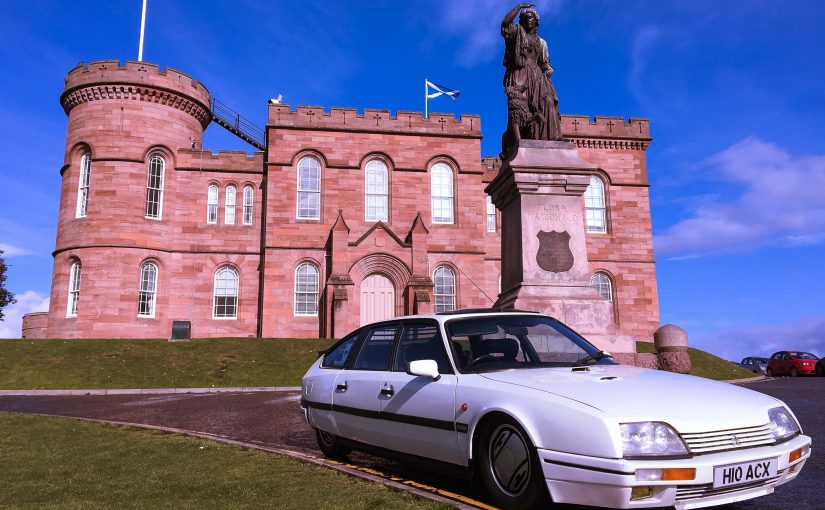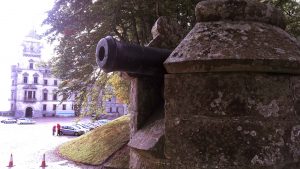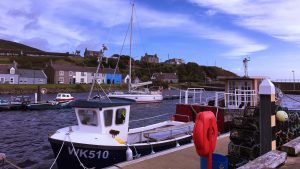As someone who has lived in Glasgow for less than a year, there are so many activities and places that I am still exploring every day. If there is one thing I have noticed time and time again, it is the influence of Charles Rennie Mackintosh, one of Glasgow’s – and indeed Scotland’s – most daring, innovative and influential creative figures.
Recently there has been another tragic fire in Mackintosh’s School of Art, meaning this particular site will not be accessible for some time. However, as 2018 marks the 150th anniversary of his birth, there are spaces all over Glasgow dedicated to Mackintosh and his life’s work. I decided that this – combined with an opportune visit from my art-loving parents – created the perfect occasion to begin my journey discovering the legacy of this fascinating man.
Charles Rennie Mackintosh: Making the Glasgow Style (29th March – 14th August 2018)
This temporary exhibition offered the perfect first step in my Mackintosh education. I found myself in the spectacular surroundings of Kelvingrove Museum, marvelling at over 250 items – some never before seen in public–from both Mackintosh and other influential designers of the time.
The exhibition is surprisingly interactive – one of my personal highlights is the 7-minute video that explores Glasgow with cameras and drones, covering both the exterior and interior design of many of Mackintosh’s most famous works and those he inspired. Included in this footage was – to my delight – the famous Hatrack building – also known as McKinlay Kidd’s new office!
Mackintosh at the Willow
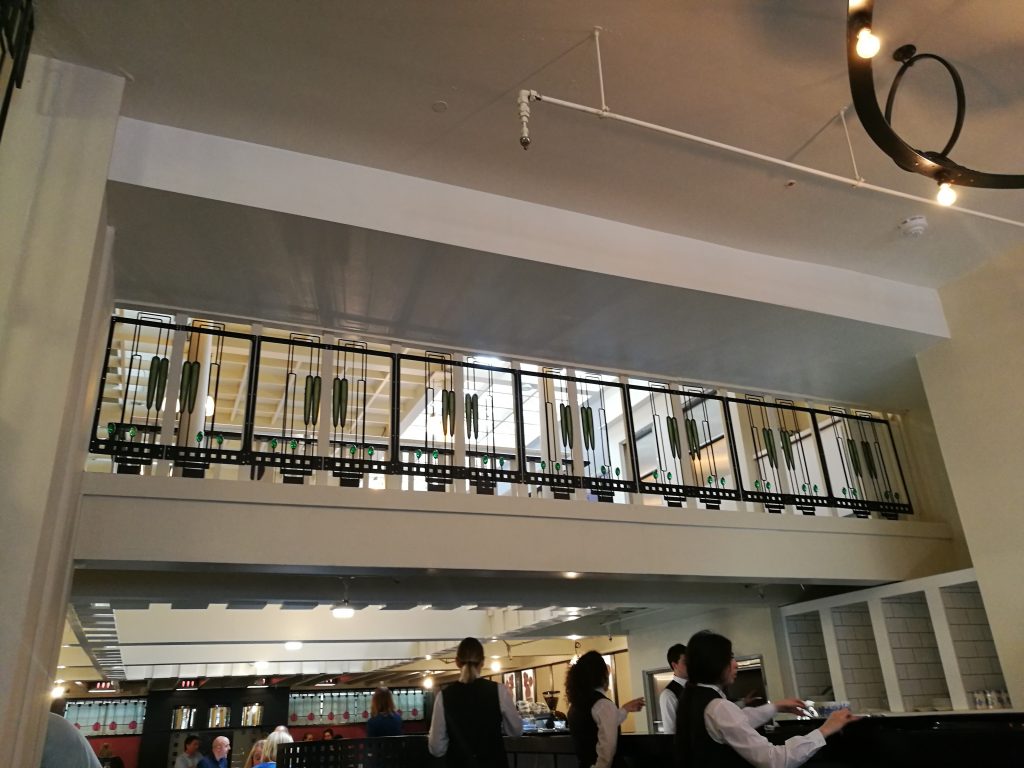
A long beloved Glasgow institution, 217 Sauchiehall Street is the site of Mackintosh’s original tearooms, unique in the fact that Mackintosh not only designed the interior, but the exterior of the building.
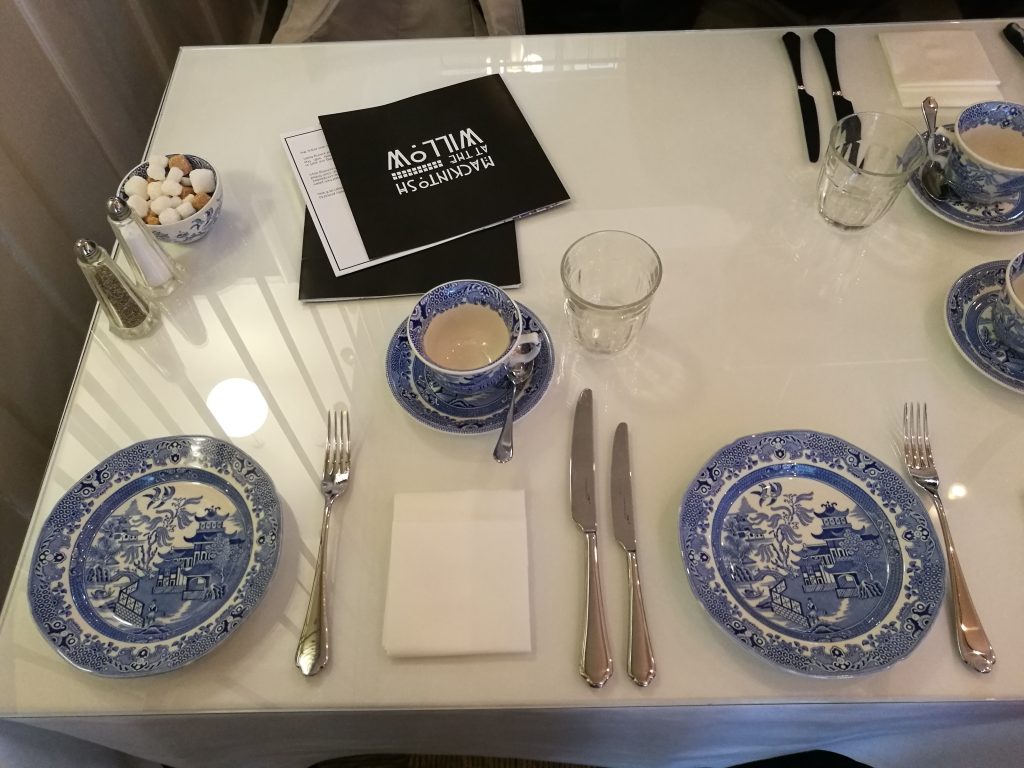
The refurbished tearooms have only been open for a few weeks and are not entirely complete, but the experience of dining there is already superb. I took my parents for a mid-afternoon snack and we were impressed with the attention to detail. The devotion to Mackintosh’s original work is clear, from the style of the chairs to the light fixtures, the stained glass balcony to the blue Willow china. There is also a fabulous gift shop that enables you to bring some of the tearoom’s design into your own home. Not to mention the delicious scones – an absolute must after a long day shopping or sightseeing in Glasgow city centre!
House for an Art Lover
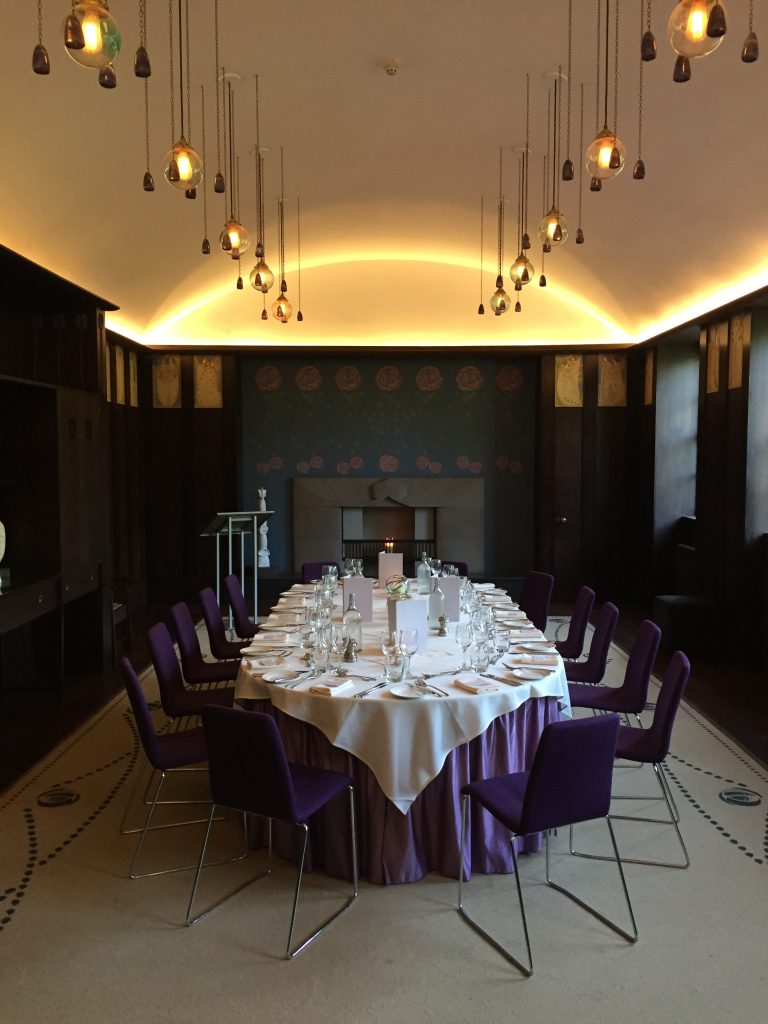
It is actually due to McKinlay Kidd that I was fortunate enough to attend House for An Art Lover after hours, as we recently celebrated our 15th birthday as a company in the lavish dining and music rooms.
Although not constructed until 1989, the plans for House for An Art Lover were created by Mackintosh in 1901 and the building really is a testament to his enigmatic artistic vision. The décor and the surroundings of Bellahouston Park foster a special ambiance.
Mackintosh House
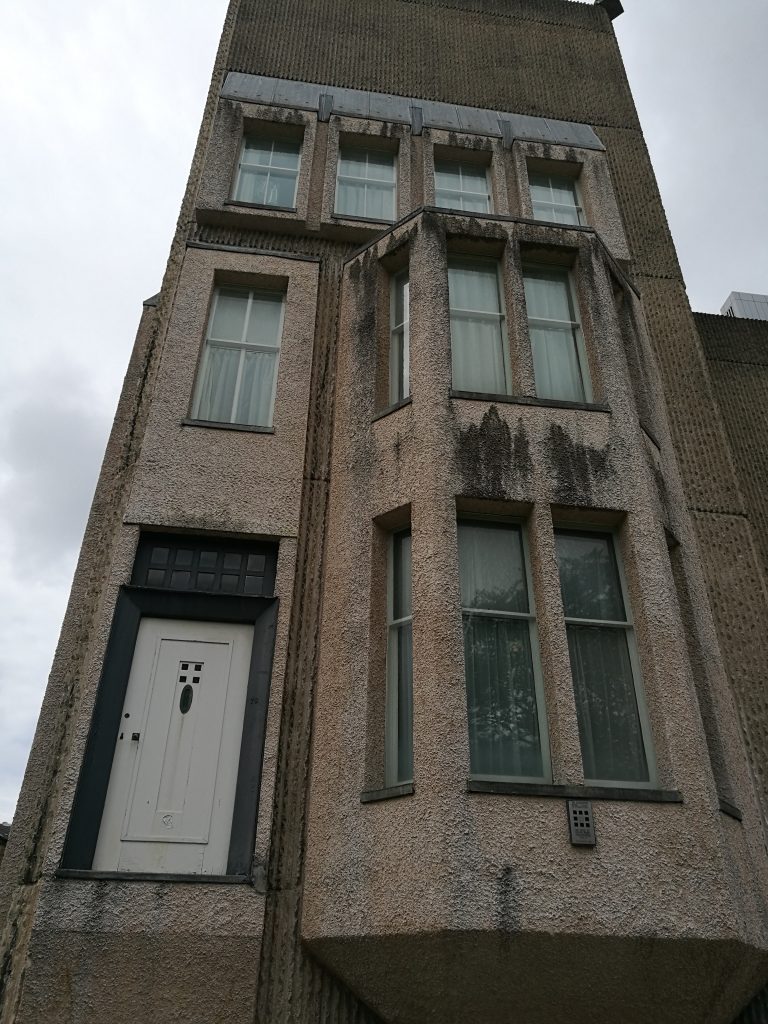
One of the most unique art installations in the city, Mackintosh House is a full-scale replica of the house where Charles and his wife Margaret lived, adjacent to the Hunterian Museum in Glasgow’s West End.
By the time I visited the house, I was aware of the signs of a tell-tale Mackintosh masterpiece, meaning I could appreciate the intricate detail of each room. His use of light, for example– his designs always managed to make a room as bright and light as possible. From the coat rack to the fireplaces and writing bureaus, the Mackintosh belief that every element of the interior had to work in perfect harmony is clear.
No matter where I went, one fundamental fact remained – the sheer detail involved in Mackintosh’s work is extraordinary. Down to even the letterheads for the Glasgow School of Art, Mackintosh would clearly eat, sleep and breathe his work, unable to rest as he was designing another masterpiece.
Interestingly, something that really spoke to me as I explored the city was the profound impact that Mackintosh’s wife, Margaret, had not only on the Glasgow style, but on the design so synonymous with the Mackintosh name. She designed the menus for Miss Cranston’s tearooms, the decorative panels for the music room in House for An Art Lover and indeed was responsible for much of the interior of Mackintosh House. While the focus this year is on her husband, it is clear that Margaret is worthy of equal accolade.
One thing is certain; I am now walking the streets of Glasgow with a greater appreciation for the man who left an indelible mark on the city with his creative vision.
Words and images by Emma @ McKinlay Kidd
If you would like to discover more about Mackintosh’s legacy in Scotland, we would be delighted to tailor-make your perfect holiday.

